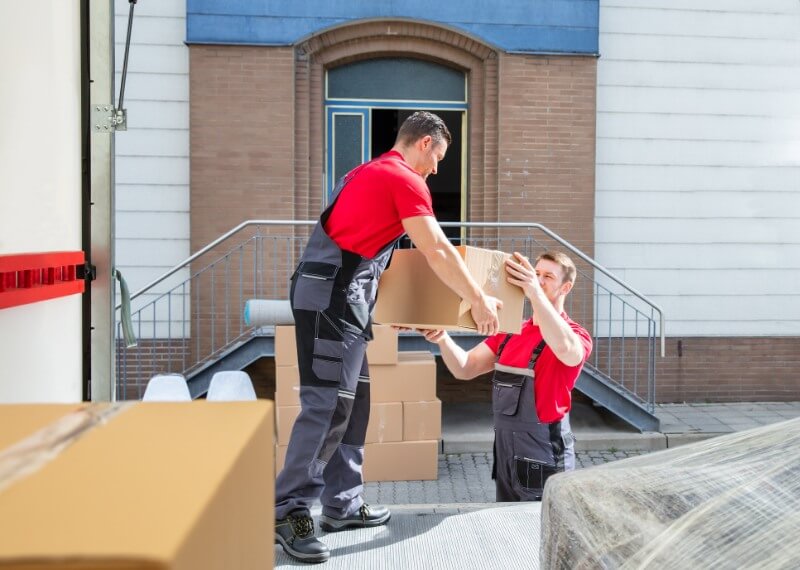1. No Broken Backs
Furniture isn’t just heavy, it’s awkwardly shaped. One wrong twist lifting a dresser and boom, you’re living off Advil for months. Moving labor workers are trained in proper lifting techniques (and have the muscles to back it up).
2. Faster, Smarter Moves
You might be able to load your own truck with enough friends and beer as payment, but professionals know how to load efficiently, pack items tightly to prevent shifting, and maximize space like Tetris pros. What would take you five hours could take them two. As well they know how to maximize space meaning you can use a smaller container or truck.
3. Reduced Risk of Damage
Moving heavy stuff improperly doesn’t just hurt your back, it hurts your belongings too. Dings, dents, shattered dreams, amateurs can cause expensive mistakes. Moving labor teams bring dollies, straps, and pads to protect both your body and your furniture.
4. Only Pay for What You Need
You’re not getting a full-service move here when you choose to use only laborers. Moving labor is customizable. You can hire a crew for two hours, four hours, or however long you need. It’s perfect if you’re renting a truck or container and just need the heavy lifting handled. You pay by the hour.
5. Stress Levels = Chill
Instead of bribing friends with pizza and hoping they don't ghost you at the last second with some lame excuse, you can actually plan your move around professionals who show up on time. Yes, money can buy you chill vibes. You’ll feel like an organized adult who has their life together when you book in advance. (Even if you’re still living out of boxes for weeks.)

